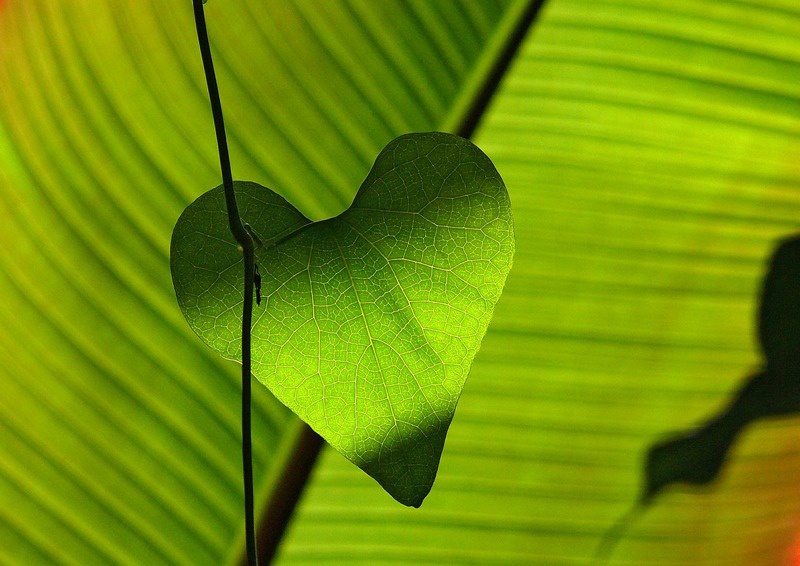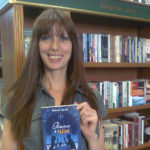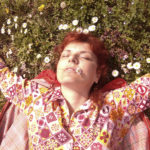WORDS: ANIMA MUNDI
PHOTOS: MARINA LUKIĆ
Pratiti Meunier was born in Chile, where she grew up. She graduated in Law at the Gabriela Mistral University in Chile and she acquired a Master degree in development, environment and society at the Catholic University of Lovain (Belgium). After five years of work experience in law practice, she found herself deep in spiritual strength and desire to engage in promotion of human life and self – development. She remembers that, during her childhood, she started to meditate sitting in silence in the darkness of her room. Her personal growth began in Belgium 15 years ago. Since then she has been travelling from one continent to another, from one country to another as a global nomad expanding the vibration of spiritual development. After a soul call she moved with all her luggage from Italy to Belgrade and found herself a new home. She does not understand much Serbian, but vibrate with LJUBAV/ love and DUŠA/soul.
Mrs. Pratiti is a Somatic Experiencing® – Trauma Healing Practitioner, Body Therapist, Reiki & Bach Flowers Practitioner, Meditation Teacher & Founder of “The Art of Transformation”, leading personal development workshops and work with the “Path of Love” personal development process worldwide.
She is a passionate by Human Being and his capacity to heal, transform, improve and change his Life.
“Empowering Healing, Transforming Lives”
What is Somatic Experiencing (SE) – Trauma Healing?
 Trauma Healing is something new in Serbia. It is called SE – Somatic Experiencing. It is a technique introduced by Peter Levine who has a PhD in psychology and biology. He was deeply studying the behavior of animals in wild life and how they deal with and recover from life-threatening situations. Within his research on stress in relation to trauma among human beings, he was really intrigued by the fact that in nature the animals are not traumatized when they are treated. He wondered how animals avoid traumatization in reacting to life-threatening situations. We are human beings but we also have the animal instinct in this way, because on that basic level our nervous system works more or less in a similar way as among the animals. An animal, when being endangered, has three choices: to fly, it means to escape, to fight, or to freeze. In these three options – fly, fight or freeze, all the energy that was in the nervous system, ready to move, is released. When they freeze, and when they don’t feel they are endangered, they stand up, shake and run away. While shaking they release the energy. Human beings have the same reaction – when we feel endangered all our nervous system starts to react, all our body starts to prepare for whatever reaction. It means that the heart starts to beat faster, adrenalin starts to rise up, all blood goes into the extremities, just to be ready either to run away from something or to attack. Eyes become bigger while they focus, and all the energy we have in our system makes us ready to fight, fly or freeze, which is the same reaction as among the animals. But what happens with us is that we forget, or we don’t fight, or we run away, or we freeze and don’t shake after that and then the energy gets stuck in our nervous system. The beauty I found in this vision of Peter Levin is that he says that we are all traumatized but being traumatized is not something that we need to carry through all our life. Trauma is defined as whatever situation that for us was too much, too fast or too sudden. Then all our energy get stuck in the nervous system and we are not able to release it in the appropriate moment which means that if we could have released it, the trauma would not be there anymore.
Trauma Healing is something new in Serbia. It is called SE – Somatic Experiencing. It is a technique introduced by Peter Levine who has a PhD in psychology and biology. He was deeply studying the behavior of animals in wild life and how they deal with and recover from life-threatening situations. Within his research on stress in relation to trauma among human beings, he was really intrigued by the fact that in nature the animals are not traumatized when they are treated. He wondered how animals avoid traumatization in reacting to life-threatening situations. We are human beings but we also have the animal instinct in this way, because on that basic level our nervous system works more or less in a similar way as among the animals. An animal, when being endangered, has three choices: to fly, it means to escape, to fight, or to freeze. In these three options – fly, fight or freeze, all the energy that was in the nervous system, ready to move, is released. When they freeze, and when they don’t feel they are endangered, they stand up, shake and run away. While shaking they release the energy. Human beings have the same reaction – when we feel endangered all our nervous system starts to react, all our body starts to prepare for whatever reaction. It means that the heart starts to beat faster, adrenalin starts to rise up, all blood goes into the extremities, just to be ready either to run away from something or to attack. Eyes become bigger while they focus, and all the energy we have in our system makes us ready to fight, fly or freeze, which is the same reaction as among the animals. But what happens with us is that we forget, or we don’t fight, or we run away, or we freeze and don’t shake after that and then the energy gets stuck in our nervous system. The beauty I found in this vision of Peter Levin is that he says that we are all traumatized but being traumatized is not something that we need to carry through all our life. Trauma is defined as whatever situation that for us was too much, too fast or too sudden. Then all our energy get stuck in the nervous system and we are not able to release it in the appropriate moment which means that if we could have released it, the trauma would not be there anymore.
How do people react to a stressful situation?
Trauma is not related to an event, it is related to how a person is able to face the situation. For you to stand in front of an audience or talk in public is normal, but for me it`s not and I just freeze in a similar situation. A traumatic situation is not necessarily a war or a car accident. And in situation like a war, we can notice that not everyone that went through has symptoms of post traumatic stress disorder – PTSD. The response to stress will depend on the capacity of each person to face the specific situation. One of the goals of SE is to bring awareness into the body in order to release the stuck energy from the nervous system and expand the capacity that all human beings have to face life with all its challenges. According to Dr. Peter Levine, the trauma is not only a mental issue. It happens mainly in the body where the survival responds from the reptilian brain facing a threat, get stuck. Once we are able to unblock and release those stuck impulses, then the mind follows, the emotions follow and healing can start to happen.

What types of trauma exist? What types of trauma do you work on?
Wars, floods, all accidents coming from nature, earthquakes, physical aggression, rape, physical violence, car accident or when you fall can also be traumatic. Trauma, as we said, can be whatever situation that for your nervous system was too much, too fast or too sudden and it was impossible to react in a natural way. And more we repeat the same way of reacting, more our system start to forget how to face challenging situation. Our work is to support the nervous system to come back to its natural impulses and, by doing so, we are bringing back a memory to the body that knows how to do, what to do and how to do it. We are renegotiating and creating a new experience that will support at the end human being to have a more healthy, spontaneous and fresh respond to life challenges.
How does the Trauma Healing look like? How do you treat a person?
An individual session of SE is like a homeopathic session, a very gentle and supportive session. Trauma is energy stuck in the nervous system. Part of our aim is to release this energy from the nervous system and reestablish a normal flow within. If we release all this energy at once we recreate the trauma, we do it again and a person goes through trauma again. We go in with really homeopathic doses and we start to release the extra energy little by little, looking to keep as much as possible awareness on the body. Awareness of what the body wants to do, what the body is noticing, if it is hot, if it is cold, if there is tension, relaxation, if there is emotions popping up or images, and so on.
We do a verbal therapy, we invite the story to come into the session, but we don’t go into the whole situation with all details. This will make to recreate the stressful/traumatic situation and revisit a space that is not safe/painful for the person. We just need to recreate enough in order to notice the body reaction and be able to bring support, resources, options to the person. In this way, she/he will be able to face the core of the traumatic situation. We are working in building up trust, support, resources enough to face whatever happened and be able to change the respond, to complete an unfinished movement and to move forward with a fresh, new and wider capacity to face and solves life challenges.
How long does a session last?
It can last from one to two hours, it depends on the kind of trauma and on the capacity of a person to connect with their body, sensations and emotions. If they cannot connect with their body they are not able to connect with their soul, emotions, spirit. Sometimes we have to do three or four sessions just so they can feel their body and connect with their emotions and everything that is happening within.

How can people know that they have a problem and need a therapist?
Whatever situation which stops you in your life from doing new things, new adventures or just if you are just afraid to go out, or you feel safe in the same pattern and just the simple idea to do something different stops you and you start to feel some kind of suffocation when you want to do something different. It doesn`t mean that everybody has to do something new in their life but it means that some situation stops you from doing. For example, symptoms of post traumatic syndrome are headache, insomnia, nightmares, dissociation or permanent stomach pain.
Is it really hard to treat the invisible wounds?
It is difficult because we don’t see them. Somebody told me that when you have a wound on your body you go to the doctor who heals it, but when you don’t see the wound you are not aware of it, you are not able to take care of it in a very concrete way like applying some medicine and you forgot about it. But there are wounds that do not allow us to live our full potential. If you have some sensations that something is burning inside of you but you are blocked all the time and you feel frustration, it’s maybe the moment to look inside and find out what the problem is.



